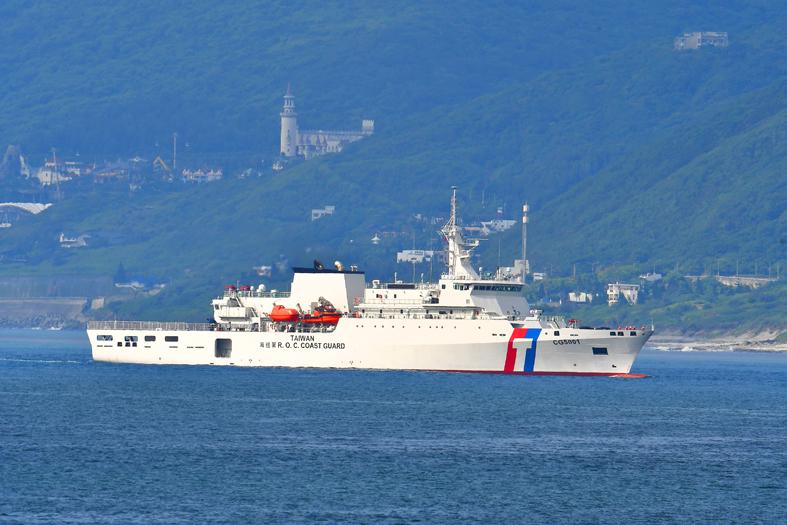In the realm of maritime engineering and shipbuilding, the launch of a colossal vessel weighing in at 4000 tons is a spectacle that captivates both experts and enthusiasts alike. This feat of engineering marvelously combines precision, strategy, and a touch of mesmerism to set the behemoth afloat. In this article, we will delve into the intricacies of the US hypnosis launch procedure, an ingenious method that ensures the seamless deployment of these mammoth vessels.
The Art of Hypnosis in Ship Launching
While the term “hypnosis” typically conjures images of a hypnotist swinging a pocket watch, the maritime industry has adopted this term to describe a meticulous procedure involving calculated movements and a serene environment. The aim is to orchestrate a ship’s launch with finesse, avoiding any unnecessary stress on the vessel’s structure.
Ensuring Optimal Conditions
Before commencing the hypnotic launch, a careful assessment of environmental factors is imperative. This includes a thorough analysis of tide patterns, wind speeds, and water currents. Any deviation from the optimal conditions could jeopardize the entire operation.
The Crucial Role of Ballast
Ballast, a term familiar to seafarers, plays a pivotal role in the success of a ship’s launch. It involves strategically placing weights within the vessel to establish equilibrium. This ensures that the ship glides smoothly into the water, avoiding any sudden tilts or wobbles that could lead to catastrophic consequences.
Coordinated Precision
The process of ballasting demands a symphony of coordination. Skilled engineers meticulously calculate the distribution of ballast, taking into account every minute detail, from the ship’s weight distribution to its center of gravity. This ensures that the vessel enters the water with grace and stability.
The Delicate Balance of Friction and Gravity
As the ship rests on the slipway, the interface between the vessel and the launchway is critical. The right balance between friction and gravity must be achieved to initiate a controlled descent. This balance is akin to the delicate touch of a conductor guiding an orchestra, each element working in harmony to produce a flawless performance.
Precision Engineering at its Finest
Engineers employ advanced techniques to fine-tune the contact points between the ship and the launchway. This involves meticulous adjustments and, at times, even the application of specialized materials to reduce friction. The objective is a controlled, steady movement that culminates in the ship’s gentle entry into the water.
Embracing Cutting-Edge Technology
In today’s era, the US hypnosis launch procedure benefits immensely from technological advancements. Computer simulations and modeling play a pivotal role in refining the process. These tools allow engineers to predict and analyze various scenarios, further enhancing the precision and safety of ship launches.
The Future of Ship Launching
As technology continues to evolve, so too will the methods employed in launching massive vessels. The US hypnosis launch procedure stands as a testament to human ingenuity, showcasing the marriage of tradition, precision engineering, and cutting-edge technology.
In conclusion, the US hypnosis launch procedure is a mesmerizing ballet of engineering prowess and calculated precision. By meticulously orchestrating every aspect, from ballast distribution to friction management, engineers ensure the seamless launch of colossal 4000-ton ships. This procedure, backed by modern technology, heralds a promising future for maritime engineering and shipbuilding.
VIDEO:




